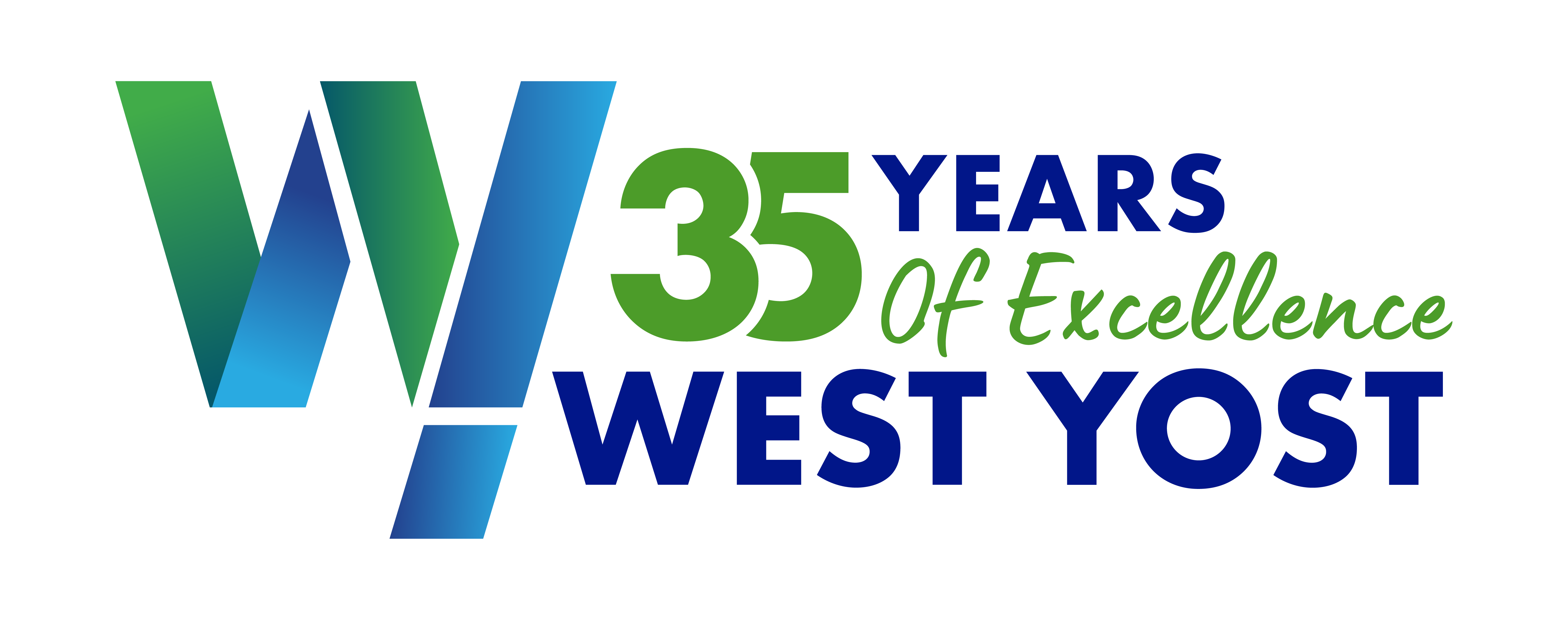Planning for a Vibrant and Sustainable Future – Integrated Approaches for Meeting Climate Change Impacts

By Rachel Lanigan, PE Water Specialist
This article contains and answers the following:
- Climate Change
- Sustainability
- Water Management
- Drought Conditions
- Groundwater Allocation Rules
- California’s Integrated Regional Water Management
- Oregon’s Climate and Health Resilience Plan
- Washington’s Integrated Climate Response Strategy
How are Western states addressing the water crisis?
What are the key challenges in integrated water resource management?
How is California leading in sustainable water management?
What are Oregon’s strategies to combat climate change?
How is Washington building resilience and adapting?
As kids are released from school and summer vacations are ramping up, so too is the anxiety for another hot, dry summer in the western United States. Excitement for enjoying nature and traveling to far away lakes and forests is dampened by the looming fear of extreme heat, diseased evergreen trees, decreasing fish runs, mega-wildfires, and intense smoke.
“The path to sustainability lies in integrated water resource management.
As our planet faces the urgent realities of climate change, ensuring a sustainable water supply becomes paramount. The Western United States, characterized by arid landscapes and growing populations, grapples with the complex interplay of water availability, ecological health, and human needs. In this post, we briefly review the multifaceted strategies employed by Western states to address the water crisis, adapt to climate challenges, and pave the way for a resilient and equitable water future.
Integrated Approaches & Key Challenges
The path to sustainability lies in integrated water resource management. States are rethinking their policies, recognizing that water transcends political boundaries and sectoral interests. Current challenges include building equity and inclusion for marginalized communities to ensure equitable access to water, recognizing tribal water rights, providing sustained funding sources for infrastructure upgrades, research, and public awareness campaigns; and improving technological innovations for monitoring, data analytics, and improved efficiencies.
State-Level Initiatives
The following documentation of state-level initiatives is by no means comprehensive, but provides an overlook on the myriad approaches by California, Oregon, and Washington to respond to increasing climate change pressures.
Click on the following states to learn more about their initiatives.
California
For decades, California has taken the lead on sustainable water management, as the most populous and intensely agricultural western state. California stands out as a leader in water resource management in the Western United States due to several key factors:
- Integrated Regional Water Management (IRWM): California has pioneered IRWM, which brings together diverse stakeholders—local agencies, tribes, environmental groups, and more—to collaboratively manage water resources. IRWM plans address multiple objectives, including climate resilience, water supply reliability, flood risk reduction, and ecosystem restoration. California’s IRWM began in 2002 with the passing of the Regional Water Management Planning Act (SB 1672). According to the Department of Water Resources, California voters have approved more than $2 billion in bond funds) to plan and implement over 1,450 integrated, multi-benefit regional projects across the state.
- Sustainable Groundwater Management Act (SGMA): California took a bold step by passing SGMA in 2014. This landmark legislation requires local agencies to develop and implement groundwater sustainability plans. By actively managing groundwater basins, California aims to achieve long-term sustainability and prevent over-extraction.
- Water Reuse and Recycling: California has been at the forefront of water reuse initiatives, most recently including direct potable reuse. The state promotes treated wastewater reuse, reducing reliance on freshwater sources. The legal and regulatory landscape supports water recycling across the state3.
- Comprehensive Water Planning: The California Water Plan serves as a strategic blueprint for managing and developing water resources. The 2023 update specifically emphasizes equity, resilience, and sustainable practices.
- Climate Adaptation: The state actively integrates climate considerations into water management strategies. Initiatives include investing in water storage, improving flood control infrastructure, and enhancing ecosystem resilience5. The recent passing of SB 552 requires Counties to take the lead on drought response planning using an inclusive approach.
California’s proactive policies, collaborative approaches, and commitment to sustainability position it as a trailblazer in water resource management within the Western states.
Oregon
While California has taken the lead on water resource management, other states are catching up. Oregon is actively addressing climate change’s impact on water resources through a multifaceted approach. Here are key aspects of Oregon’s response:

- Climate Change and Water Resources:
Oregon’s 2017 Climate and Health Resilience Plan outlines strategies and policy priorities for state, local, and tribal public health practitioners and partners to enhance Oregon’s ability to respond to climate-related health challenges.
In March 2020, Governor Kate Brown issued Executive Order (EO) 20-04 directing State Agencies to take action on climate change. The EO includes a number of general directives to state agencies, as well as three directives specific to the Oregon Health Authority (OHA). The Climate and Health in Oregon 2020 report is the first outcome of that directive. OHA also recently update the Oregon Climate Change Adaptation Framework which includes a new Climate Equity Blueprint for State agencies.
Advocacy efforts led to the passage of an ambitious Climate Resilience Budget by Oregon legislators. This budget includes investments to support drought-impacted communities, transition to clean energy, and prioritize frontline communities across the state.
Oregon’s Water Resources Commission adopted the first IWRS in 2012 and is actively updating the 2024 Strategy. A pioneering model, the IWRS emphasizes collaboration among agencies, stakeholders, and communities. It seeks to balance instream and out-of-stream water needs while considering ecological health and resilience. Updated every five years, the 2024 updated IWRS reflects adaptive management principles.
Oregon is updating rules for evaluating and issuing new groundwater rights. The goal is to protect existing water rights while managing finite water resources sustainably.
Drought conditions continue in many areas of the state. Oregon provides information on conditions, impacts, and assistance for affected communities.
The Well Abandonment, Repair, and Replacement Fund (WARRF) assists households and tribal members in permanently abandoning, repairing, or replacing water wells used for household purposes.
Oregon’s proactive measures, collaborative strategies, and commitment to sustainable water management position it well in the face of climate challenges.
Washington
The following demonstrate Washington’s commitment to building resilience and adapting to climate challenges.
- Preparing for a Changing Climate: Washington State’s Integrated Climate Response Strategy:
In 2012, Washington State developed its first Integrated Climate Change Response Strategy. This document provides a framework for protecting Washington’s natural resources and economy from climate change impacts and outlines how existing and new state policies and programs can improve to enhance the state’s capacity to adapt.
- Washington Department of Ecology’s Draft Climate Resilience Strategy:
As Washington’s lead agency on climate change, the Department of Ecology has released a draft of Washington’s Climate Resilience Strategy this spring and is receiving public comments until July 11, 2024. The strategy identifies ways state agencies can take action to address flooding, drought, and wildfire risks related to climate change. Specific goals are to prioritize environmental justice, identify state aid, coordinate varying agencies, prioritize outcomes and actions.
- DOE also launched the country’s first Ocean Acidification Blue Ribbon Panel tracking the impacts OA has in Washington through an ocean acidification monitoring program.
- Washington Department of Natural Resources (DNR): Plan for Climate Resilience:
DNR released its Plan for Climate Resilience in February 2020. This agency-wide plan outlines actions to prepare for and adapt to climate-related changes. It identifies high-priority opportunities for coordination, investment, and implementation among DNR and its partners. Since then, DNR has continued implementing climate resilience actions across the state, as reflected in the 2023 Climate Resilience 3-Year Update.
“As our planet faces the urgent realities of climate change, ensuring a sustainable water supply becomes paramount.
Charting a Resilient Path
Western states stand at a crossroads. By embracing sustainability, fostering collaboration, and prioritizing resilience, we can secure a water future that sustains life, ecosystems, and prosperity. The journey towards a sustainable future requires proactive integrated effort and collective commitment. West Yost is committed to supporting these efforts in all aspects of engineering, planning, and leadership.
By Rachel Lanigan, PE Water Specialist
Rachel Lanigan is a Civil Engineer with over 20 years of experience supporting clients with decision-making and capital planning strategies. She has completed more than 50 water, wastewater, and recycled water planning studies ranging from Washington to California. She specializes in integrating resilience into long-term planning, solving hydraulic operational issues, and working with stakeholders to see the benefits of utility investment.
